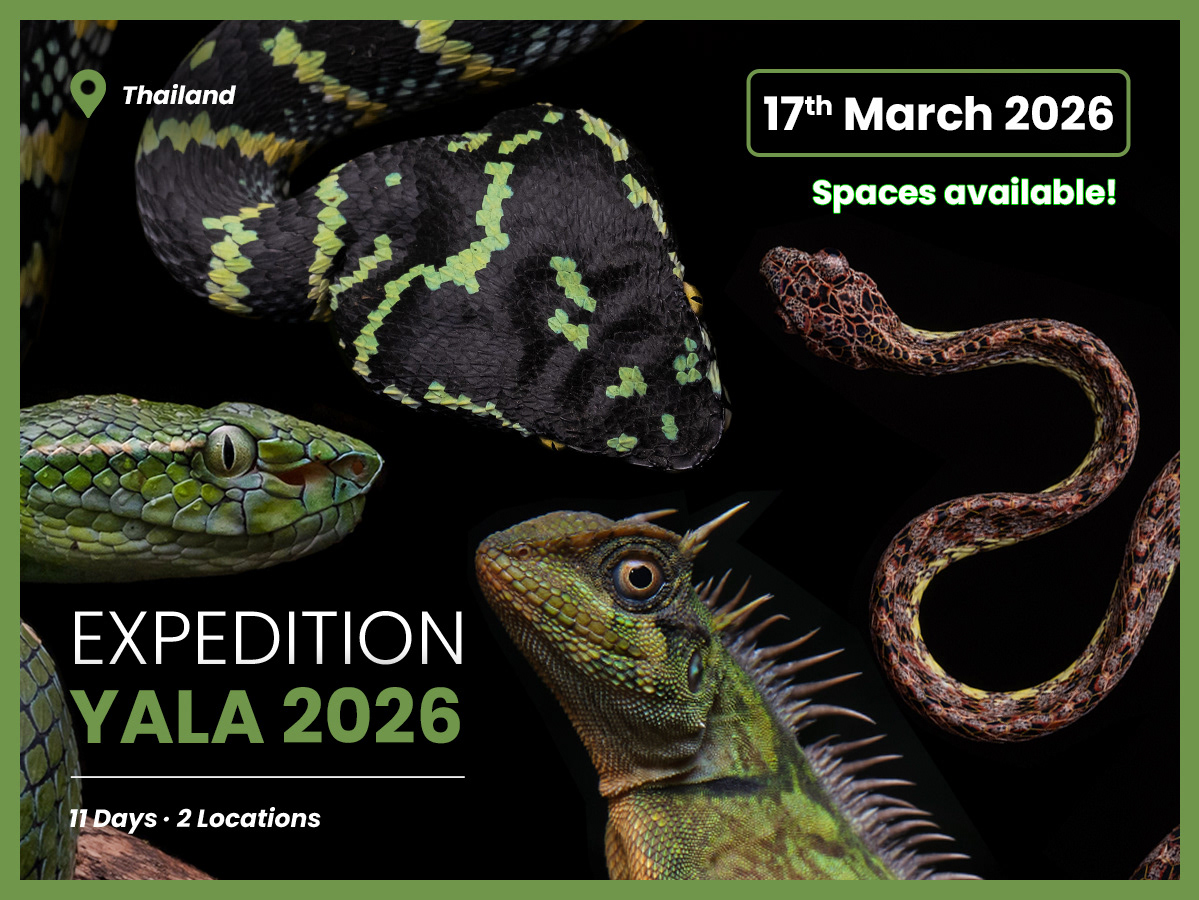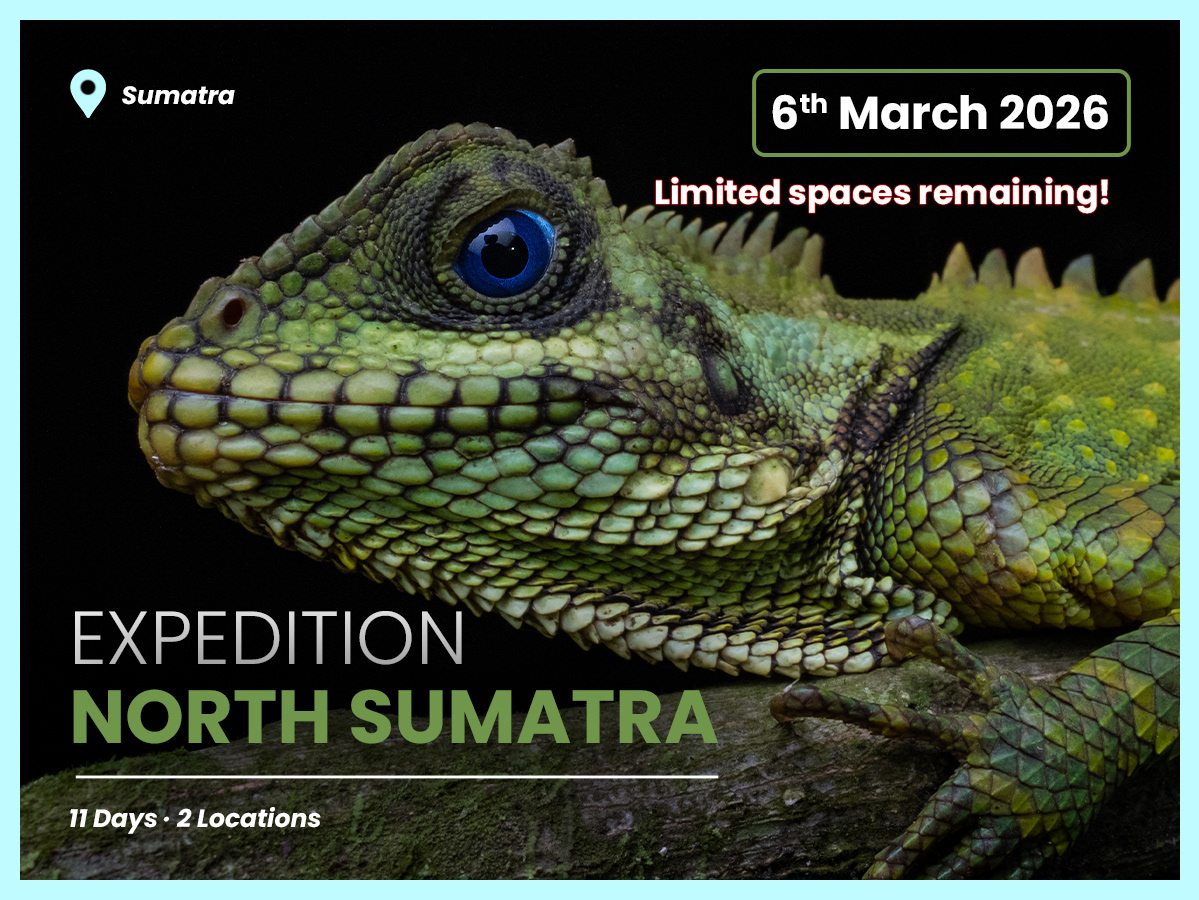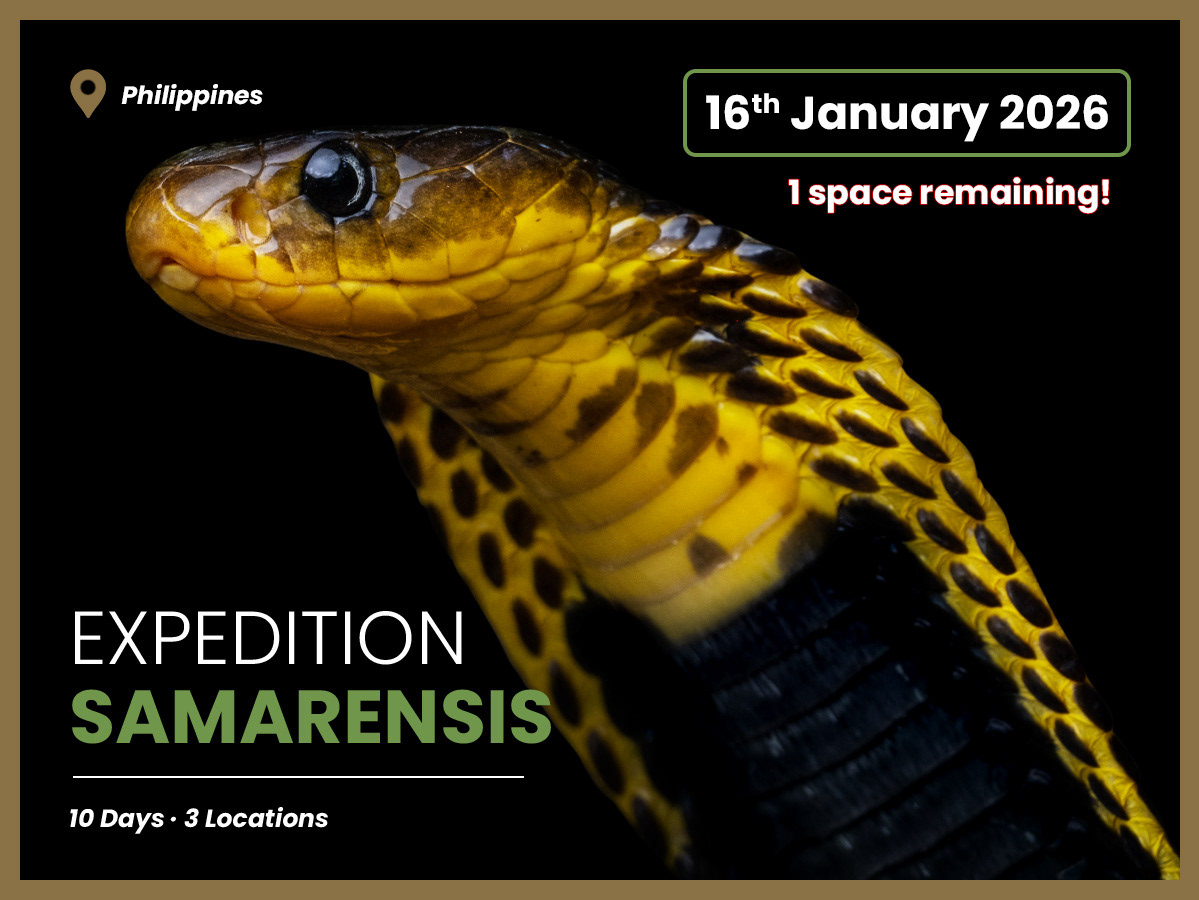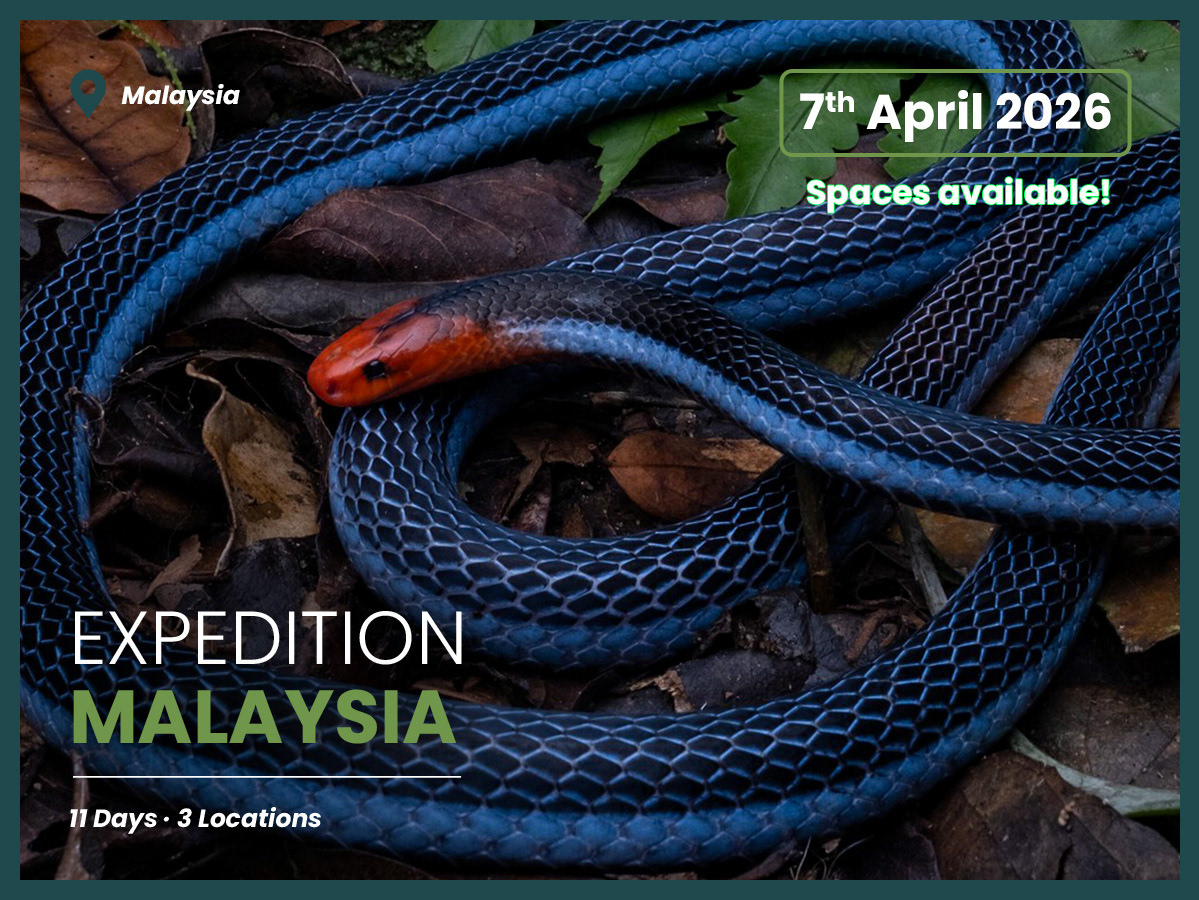
Sabah pit viper (Trimeresurus sabahi).

Balu flying frog (Rhacophorus baluensis).
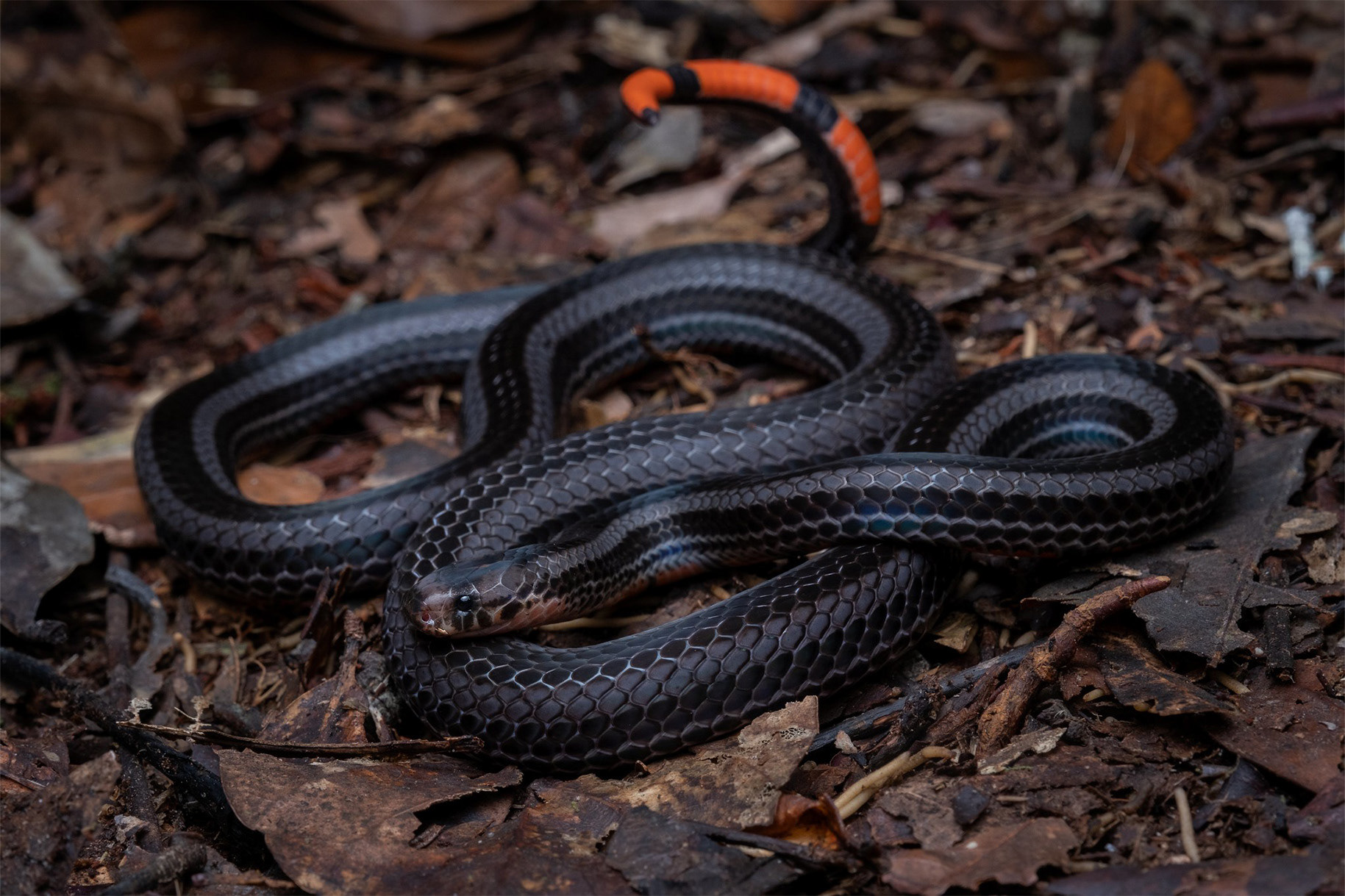
Black-striped coral snake (Calliophis nigrotaeniatus).
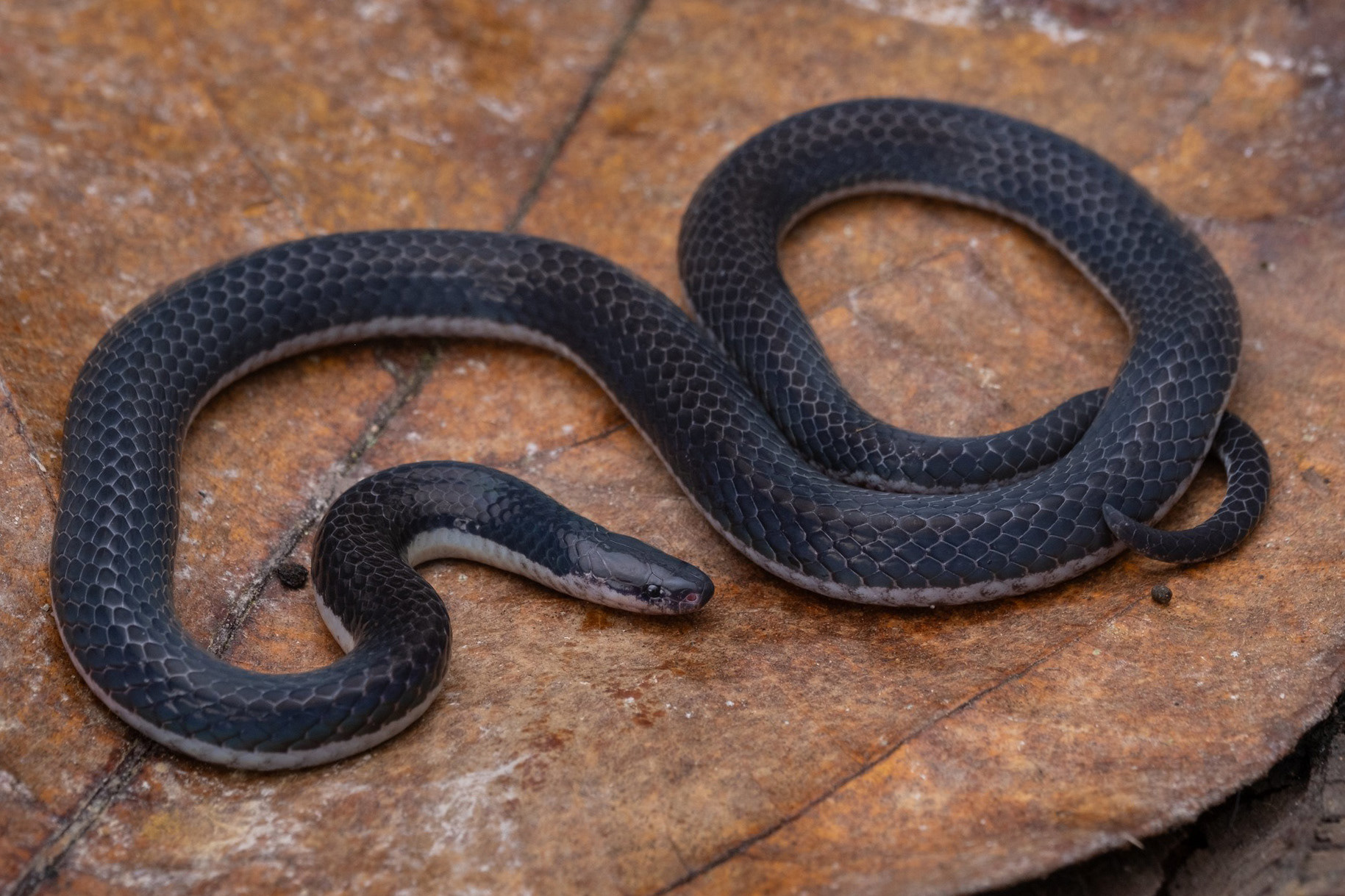
Schlegel's reed snake (Calamaria schlegeli).

Cloud bush frog (Philautus nephophilus).

Griswold's reed snake (Calamaria griswoldi).

Kinabalu bent-toed gecko (Cyrtodactylus baluensis).

Chasen's mountain pit viper (Garthius chaseni).

Kinabalu black snake (Stegonotus caligocephalus).

Mossy bush frog (Philautus macroscelis).
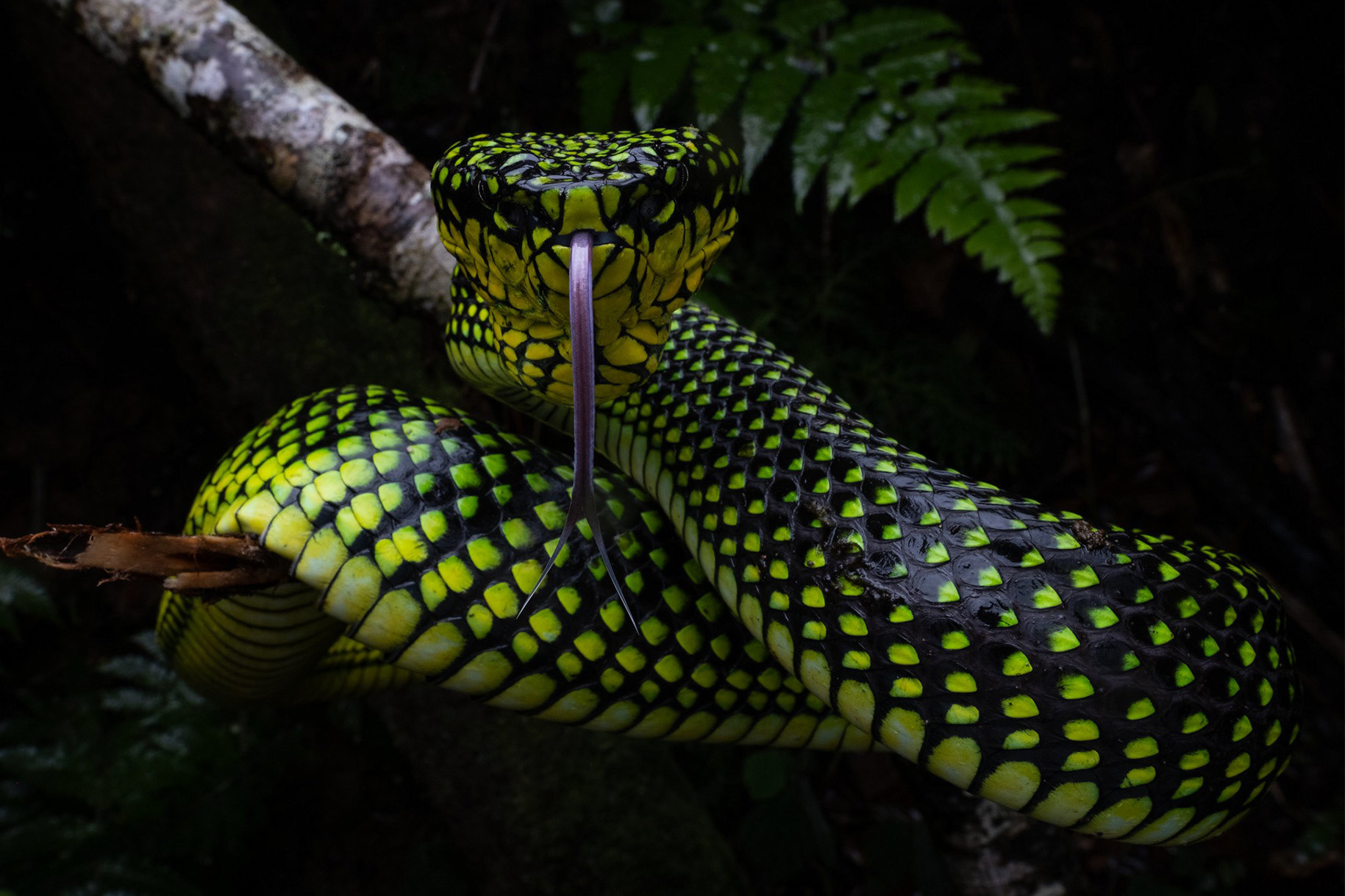
Malcolm's pit viper (Trimeresurus malcolmi).
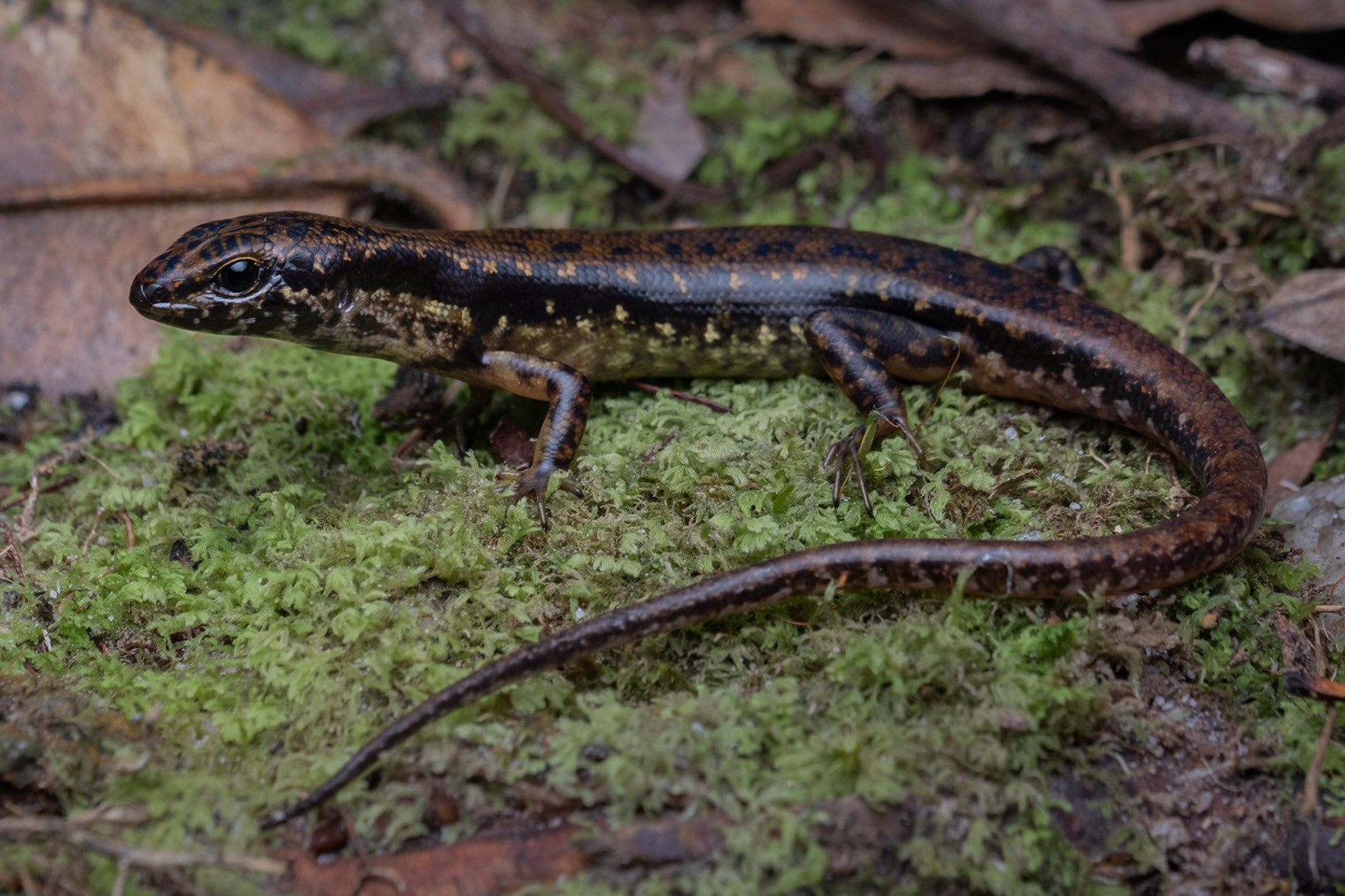
Kinabalu littler skink (Sphenomorphus kinabaluensis).

Malcolm's pit viper (Trimeresurus malcolmi) in-situ.

Kinabalu horned frog (Pelobatrachus baluensis).

Juvenile Malcolm's pit viper (Trimeresurus malcolmi).

Chasen's mountain pit viper (Garthius chaseni)

Kobyashi's horned frog (Pelobatrachus kobyashii).

Stuebing's slug snake (Asthenodipsas stuebingi)
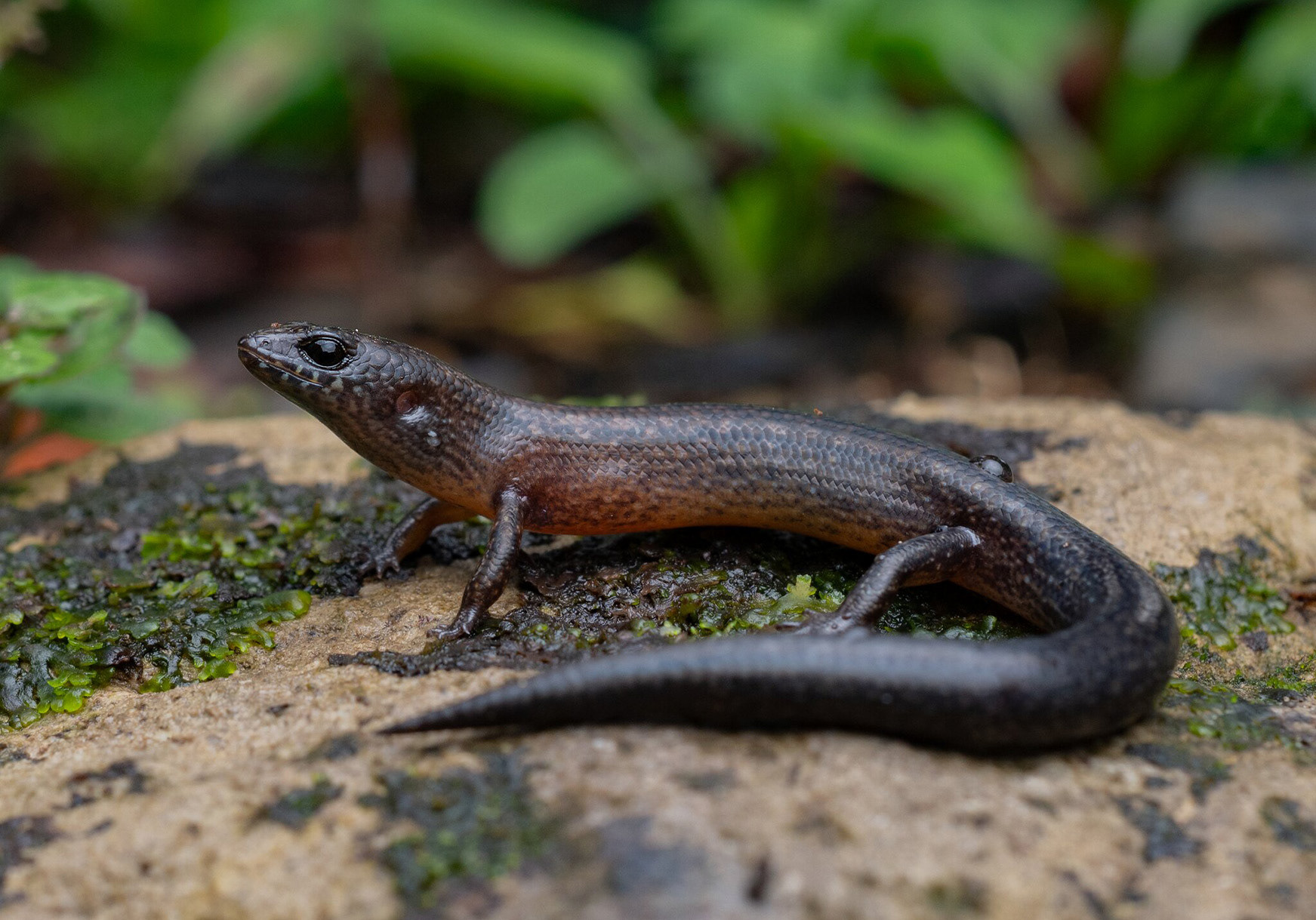
Oak forest skink (Tytthoscincus aesculeticola)

Moquard's eyebrow lizard (Pelturagonia cephalum)

Saffron-bellied frog (Chaperina fusca)

Jamil's slug snake (Asthenodipsas jamilnaisi)

Sarawak keelback (Hebius sarawacense)

Kinabalu green bush frog (Philautus bunitus)

Extremely rare black-throated agamid (Complicitus nigrigularis)

Sabah pit viper (Trimeresurus sabahi)
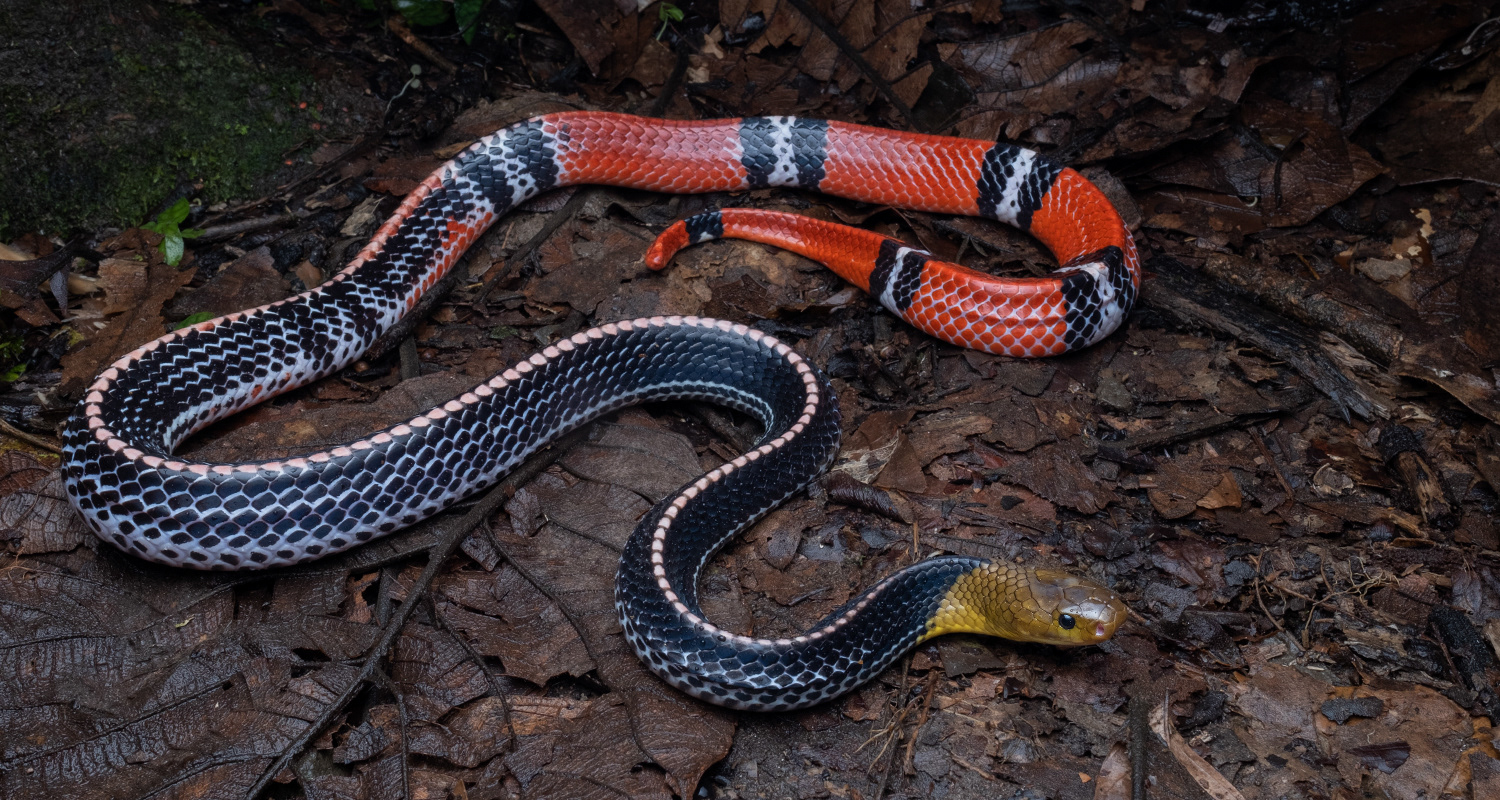
Kinabalu krait (Bungarus flaviceps baluensis).

Malcolm's pit viper (Trimeresurus malcolmi)
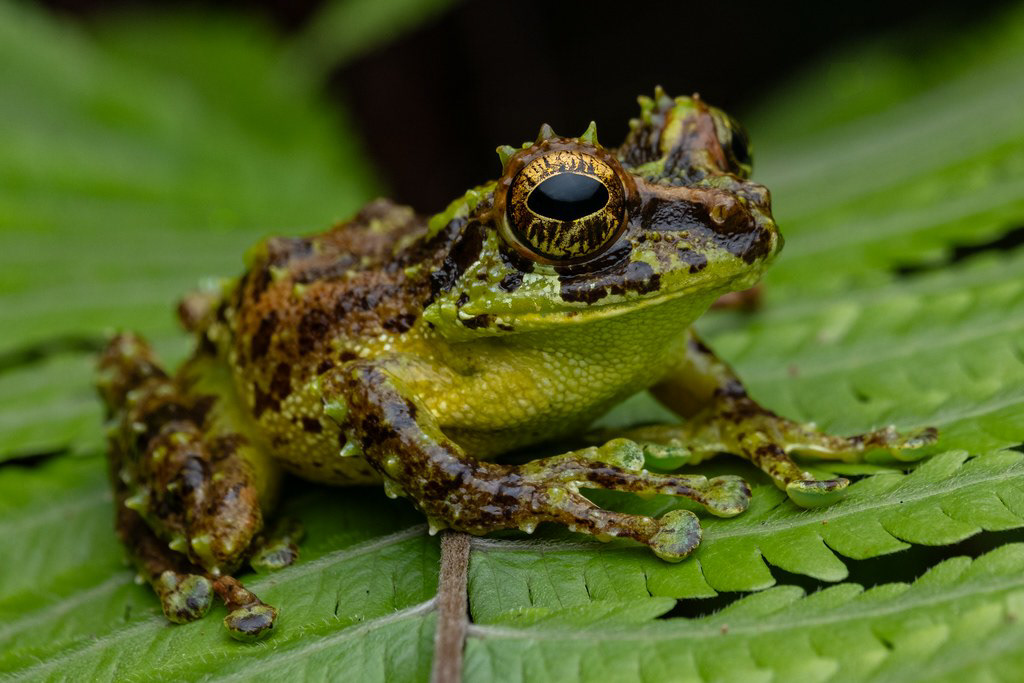
Mossy shrub frog (Philautus macroscelis)

Three-striped bridle snake (Dryocalamus tristrigatus)

Kinabalu gliding gecko (Gekko rhacophorus)


Stoliczka's stream snake (Paraxenodermus boreensis)

Kinabalu crested lizard (Hypsicalotes kinabaluensis)

Chasen's mountain pit viper (Garthius chaseni)

Bornean blue coral snake (Calliophis bivirgata tetrataenia)

Many-banded mangrove cat snake (Boiga dendrophila annectens).

Everett's kukri snake (Oligodon everetti)

Dark-headed cat snake (Boiga nigriceps).
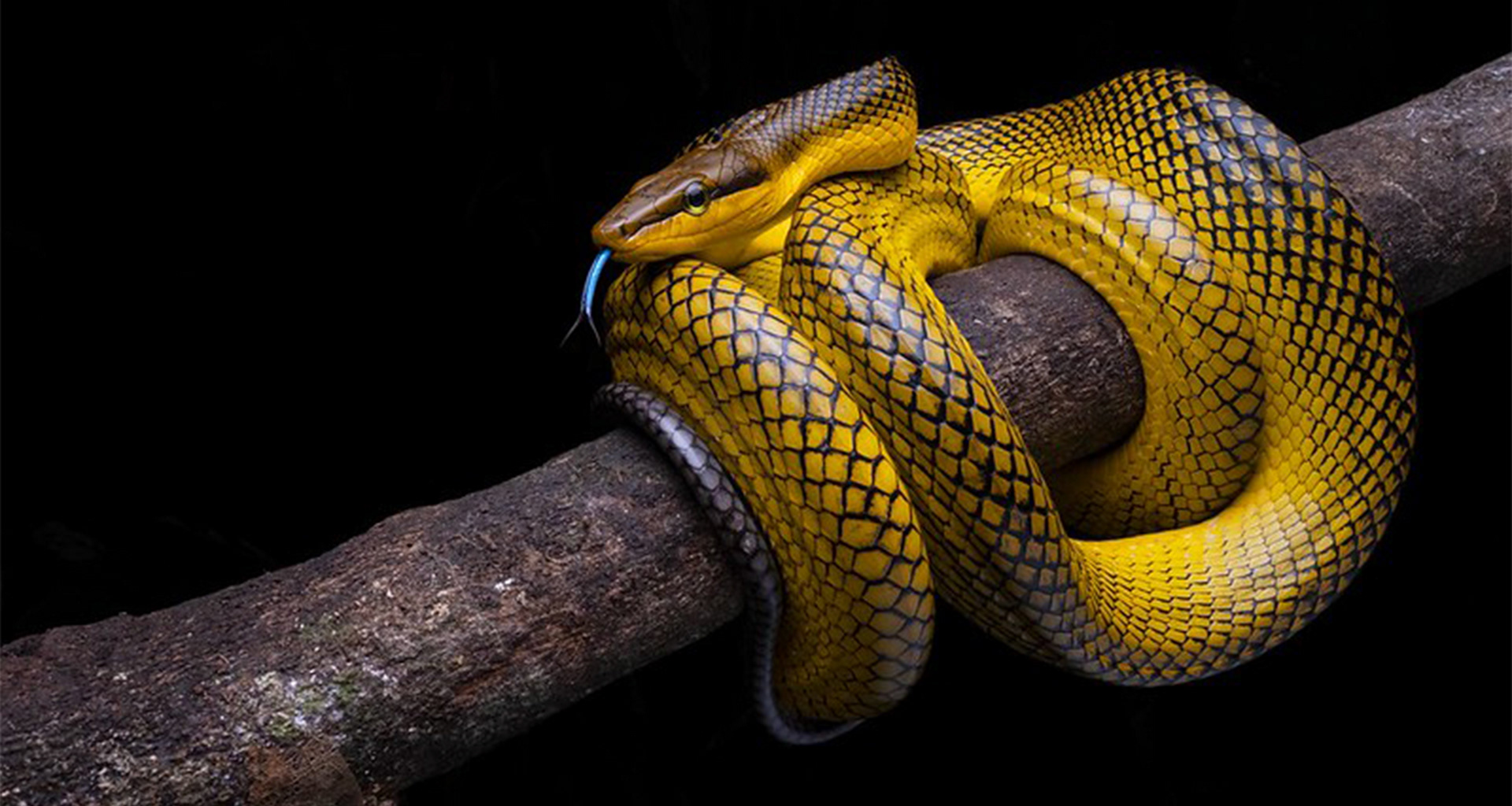
Red-tailed racer (Gonyosoma oxycephalum)
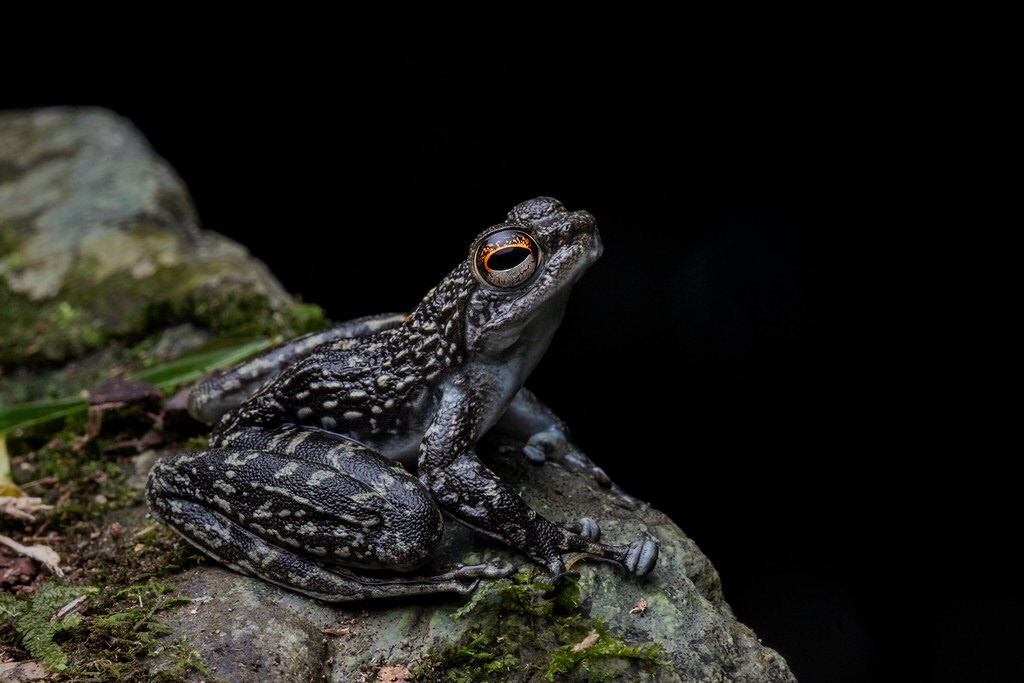
Black rock skipper (Staurois latopalmatus)

Sumatran cobra (Naja sumatrana)
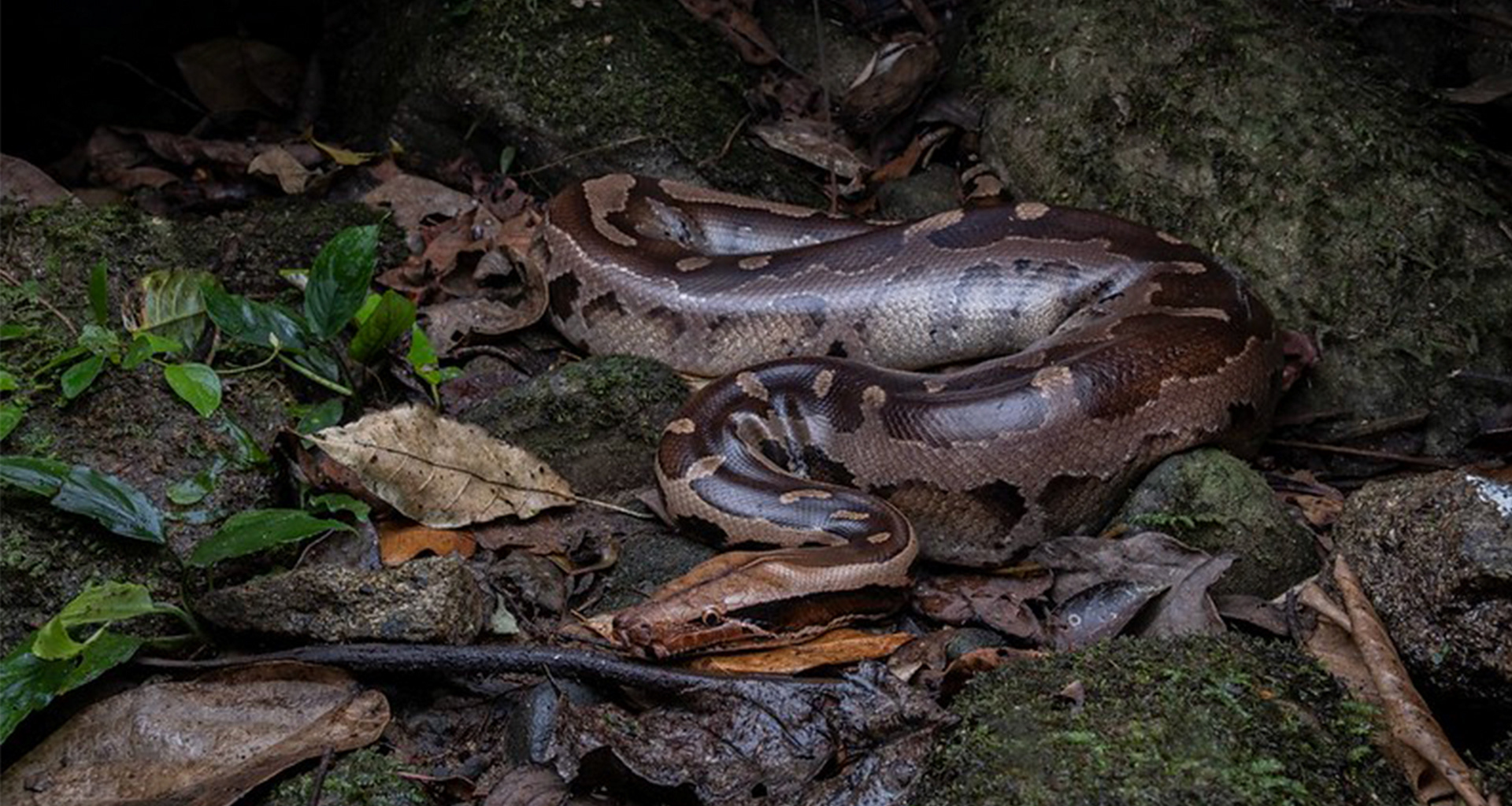
Bornean short-tailed python (Python breitensteini)

Sumatran pit viper (Trimeresurus sumatranus).

Bornean keeled pit viper (Tropidolaemus subannulatus)

Striped bronzeback (Dendrelaphis caudolineatus)
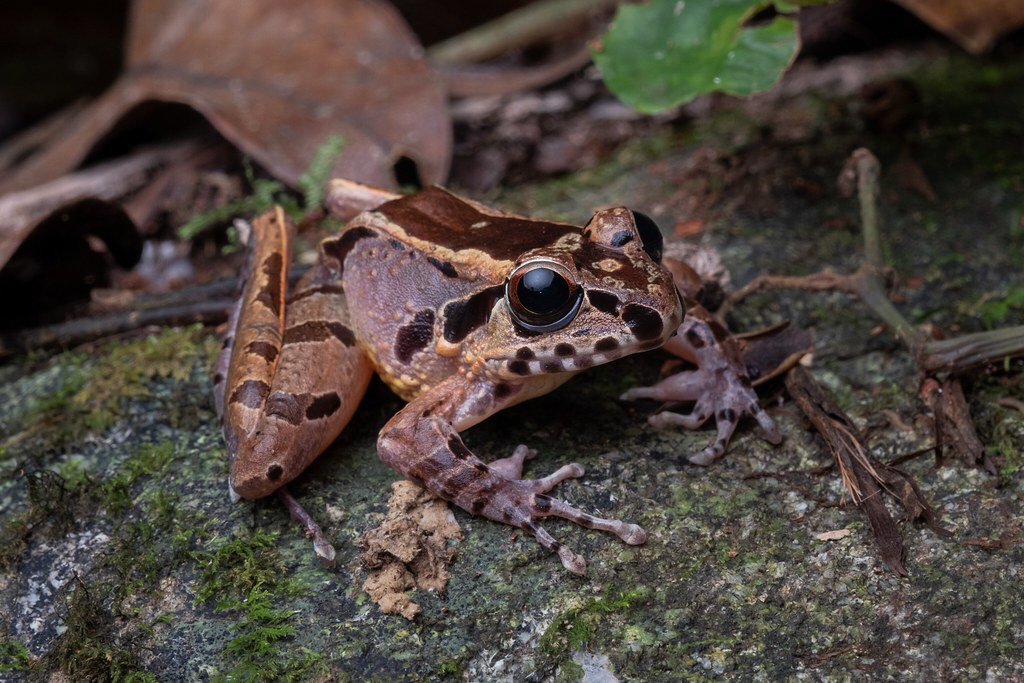
Hole-in-the-head frog (Huia cavitympanum)

Mangrove cat snake (Boiga dendrophila annectens)

Eight-striped kukri snake (Oligodon octolineatus)
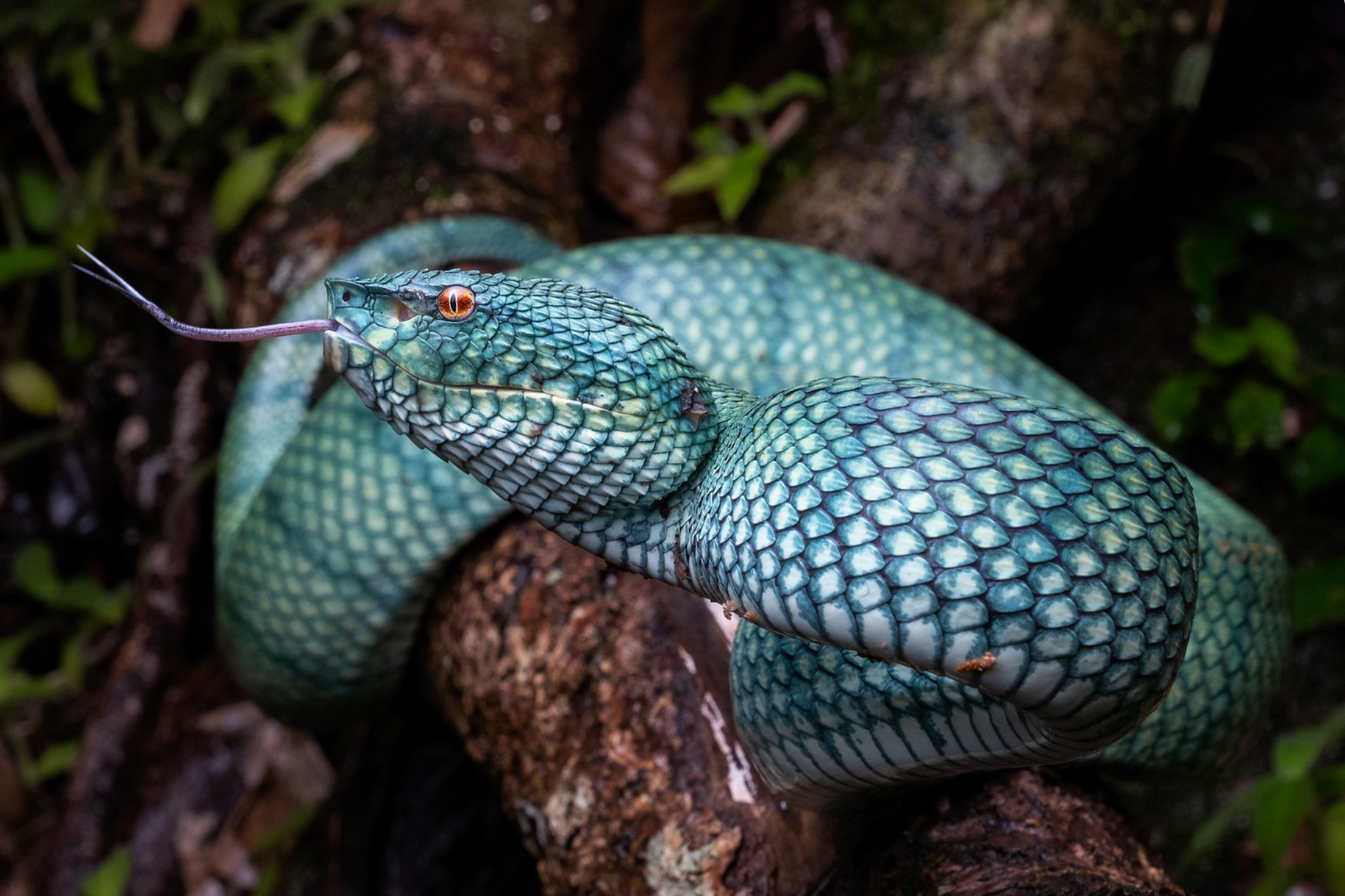
Bornean keeled pit viper (Tropidolaemus subannulatus)

Bornean dark-necked slug snake (Asthenodipsas borneensis).

Cat gecko (Aleuroscalabotes felinus).
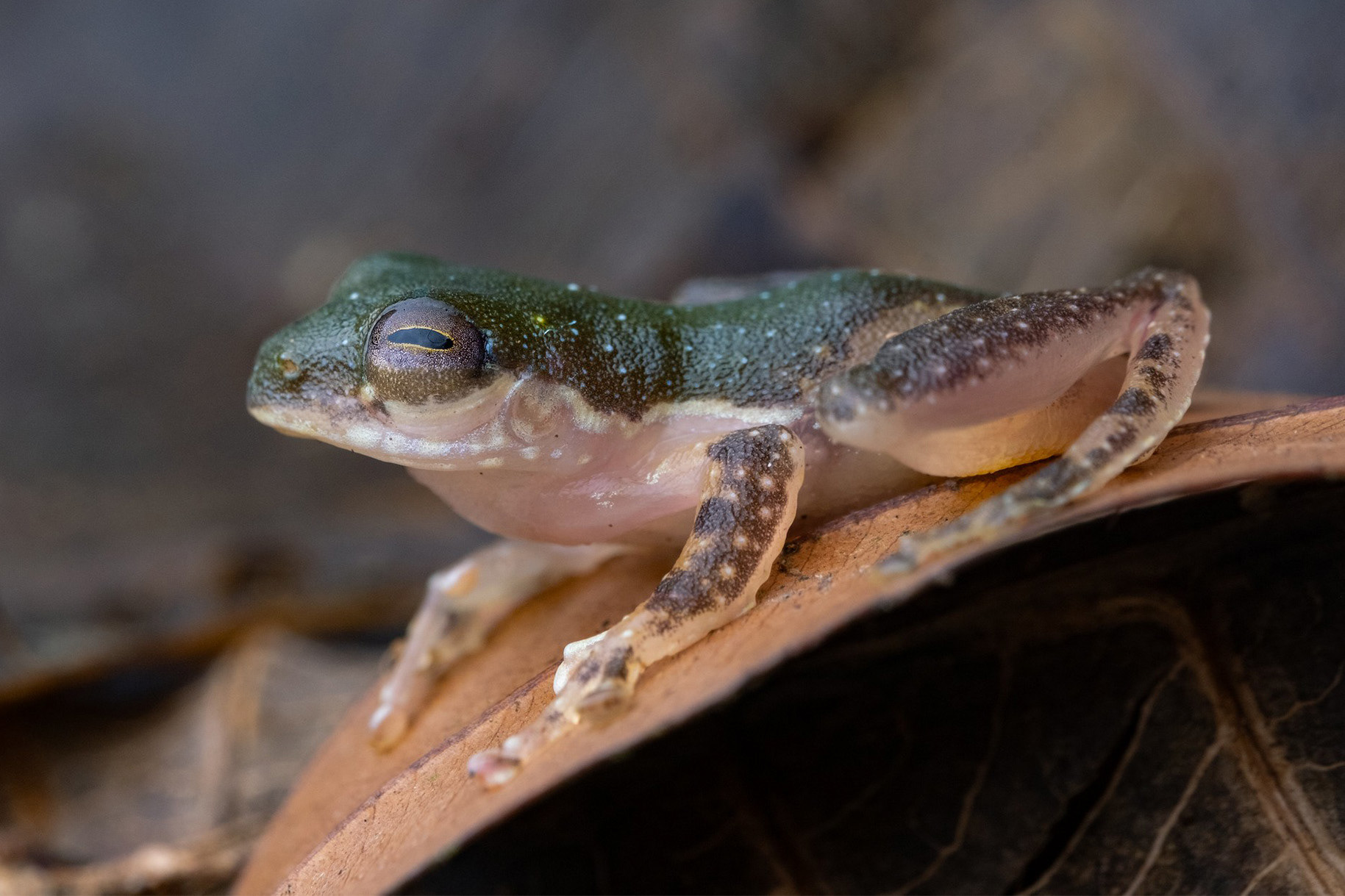
Charming tree frog (Feihyla kajau)
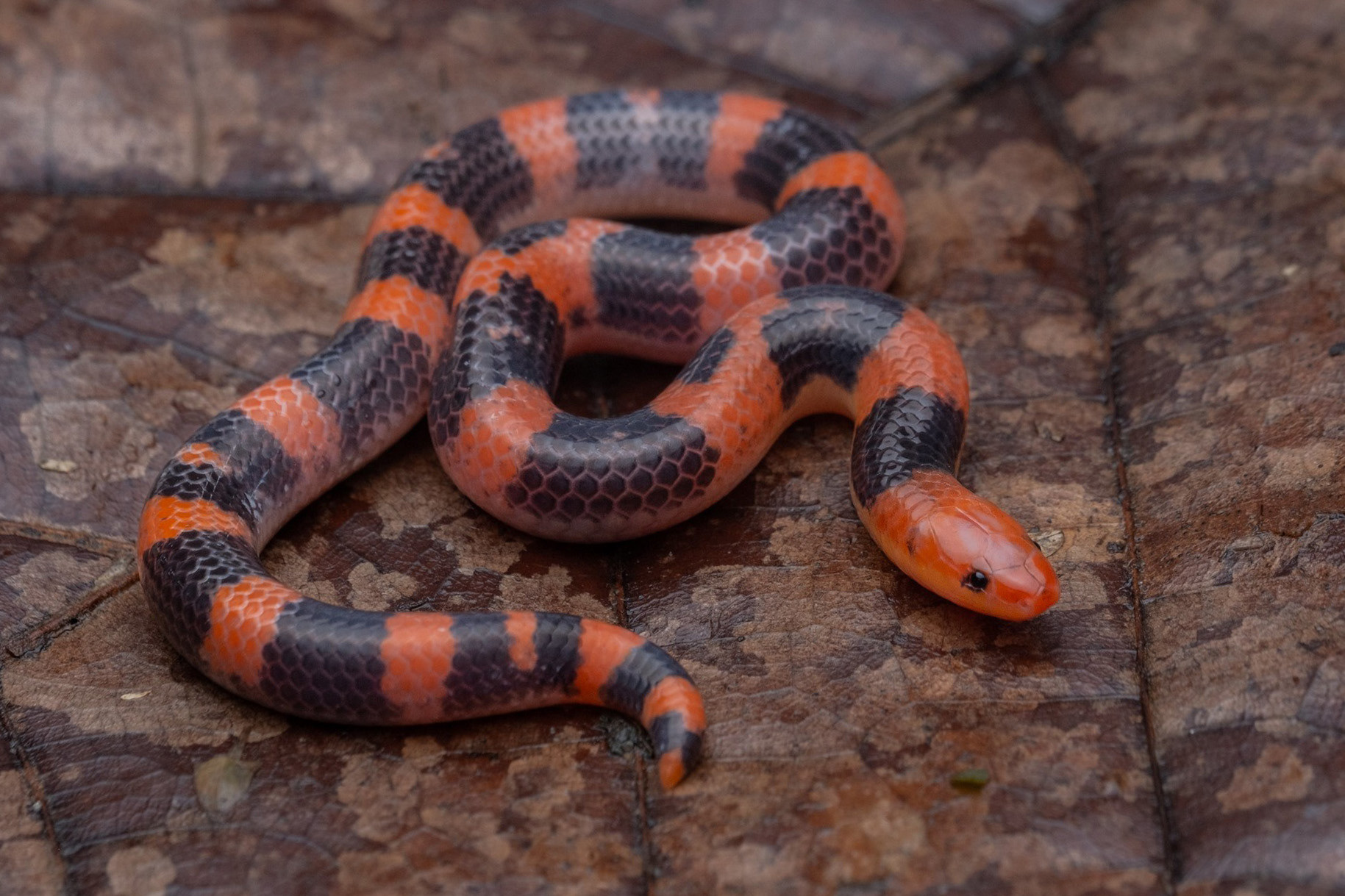
Hillenius's reed snake (Calamaria hilleniusi)

Bornean leaf-nosed pit viper (Craspedocephalus borneensis).

Kinabalu krait (Bungarus f. baluensis).
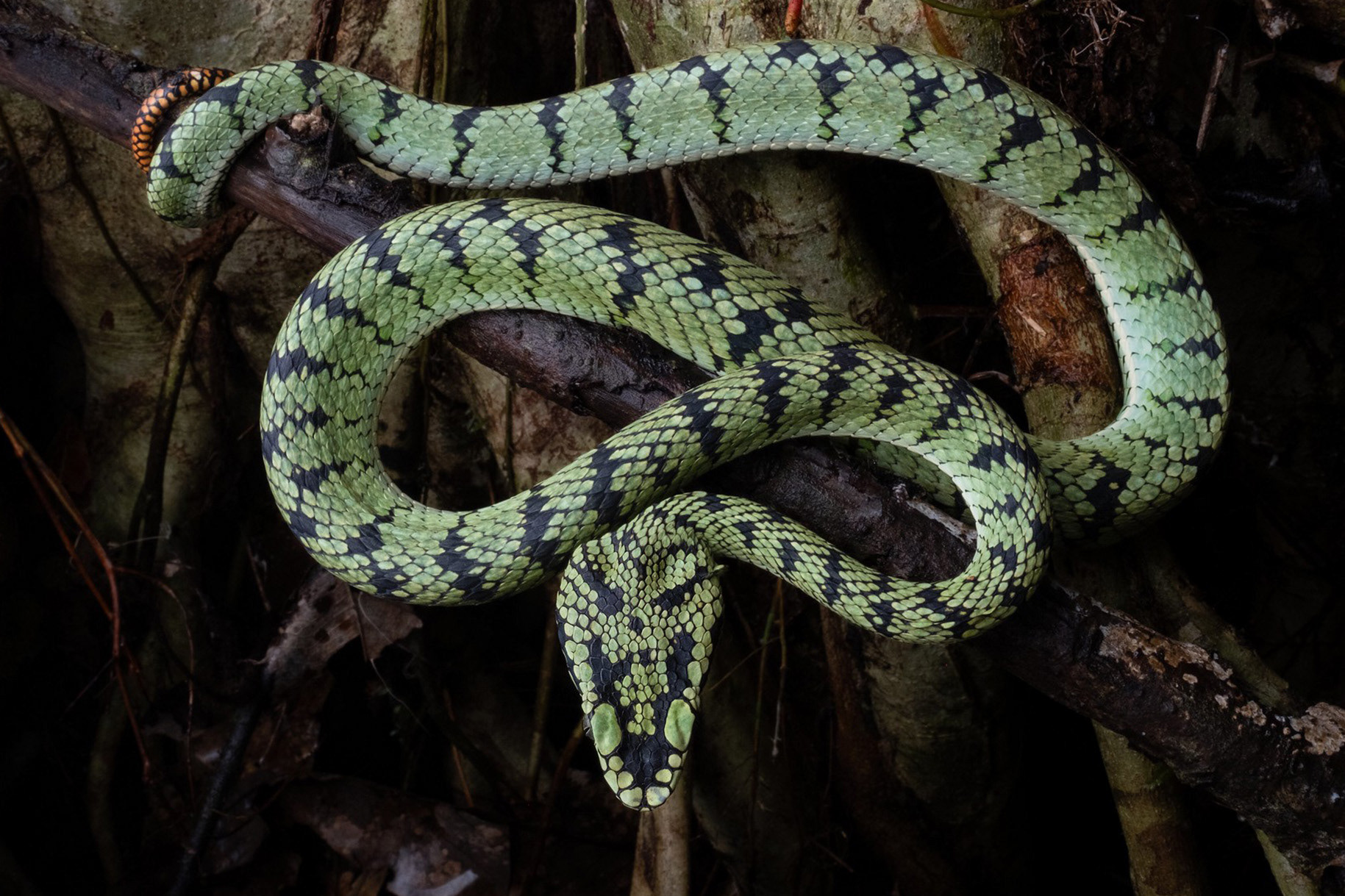
Sumatran pit viper (Trimeresurus sumatranus).

White-sided reed snake (Calamaria lateralis).
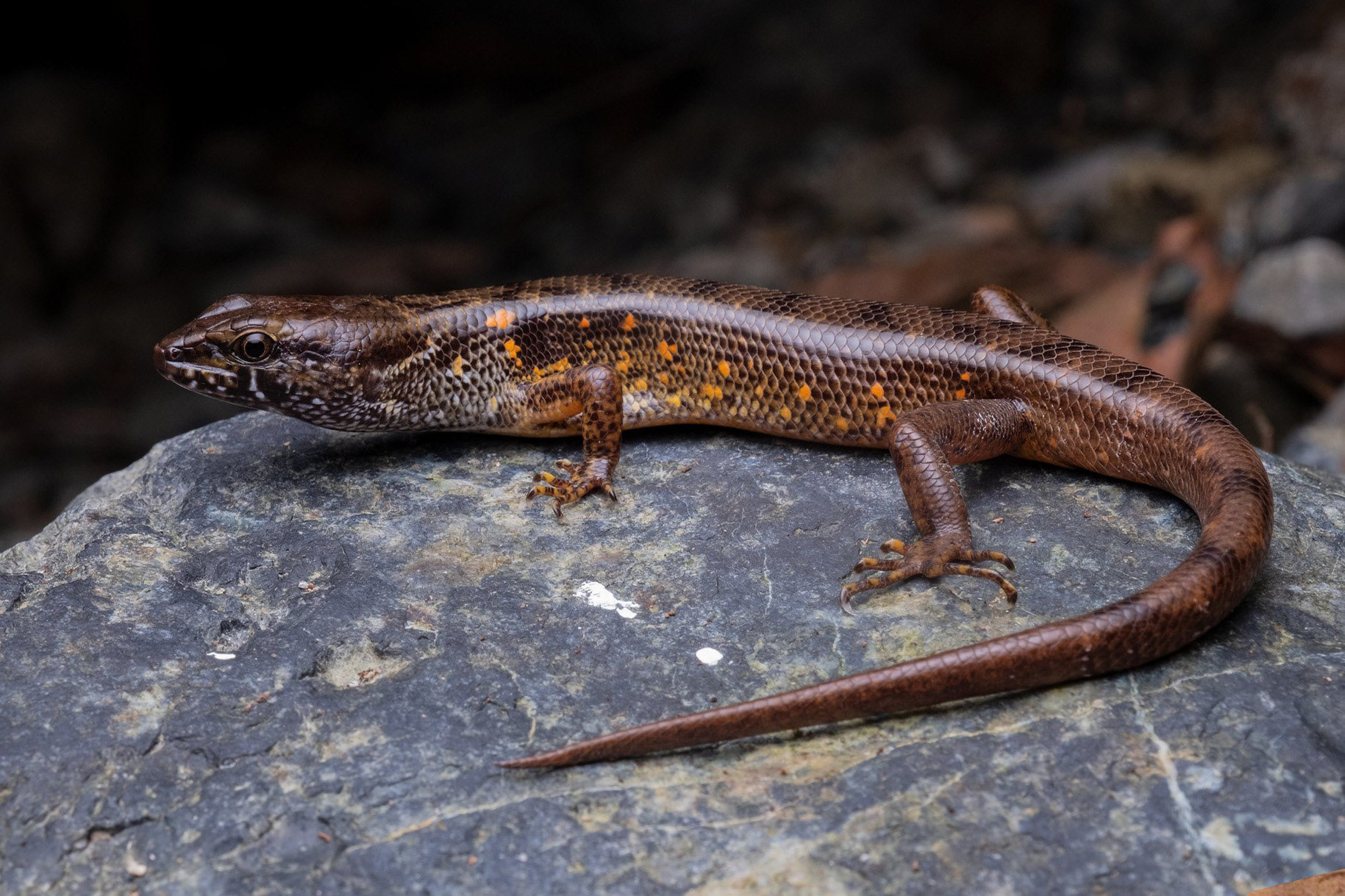
Mocquard's stream skink (Tropidophorus mocquardii)



